Submitted by WA Contents
Canada Pavilion creates the largest living material structures at the Venice Architecture Biennale
Italy Architecture News - May 12, 2025 - 05:28 3384 views

As part of the 19th International Architecture Exhibition, the 2025 Venice Architecture Biennale, which takes place from May 10 to November 23, 2025, the Canada Council for the Arts has been presenting Picoplanktonics at the Canada Pavilion.
The Living Room Collective has created a groundbreaking exhibition that highlights the possibility of human-nature cooperation in the face of the ongoing global climate crisis.
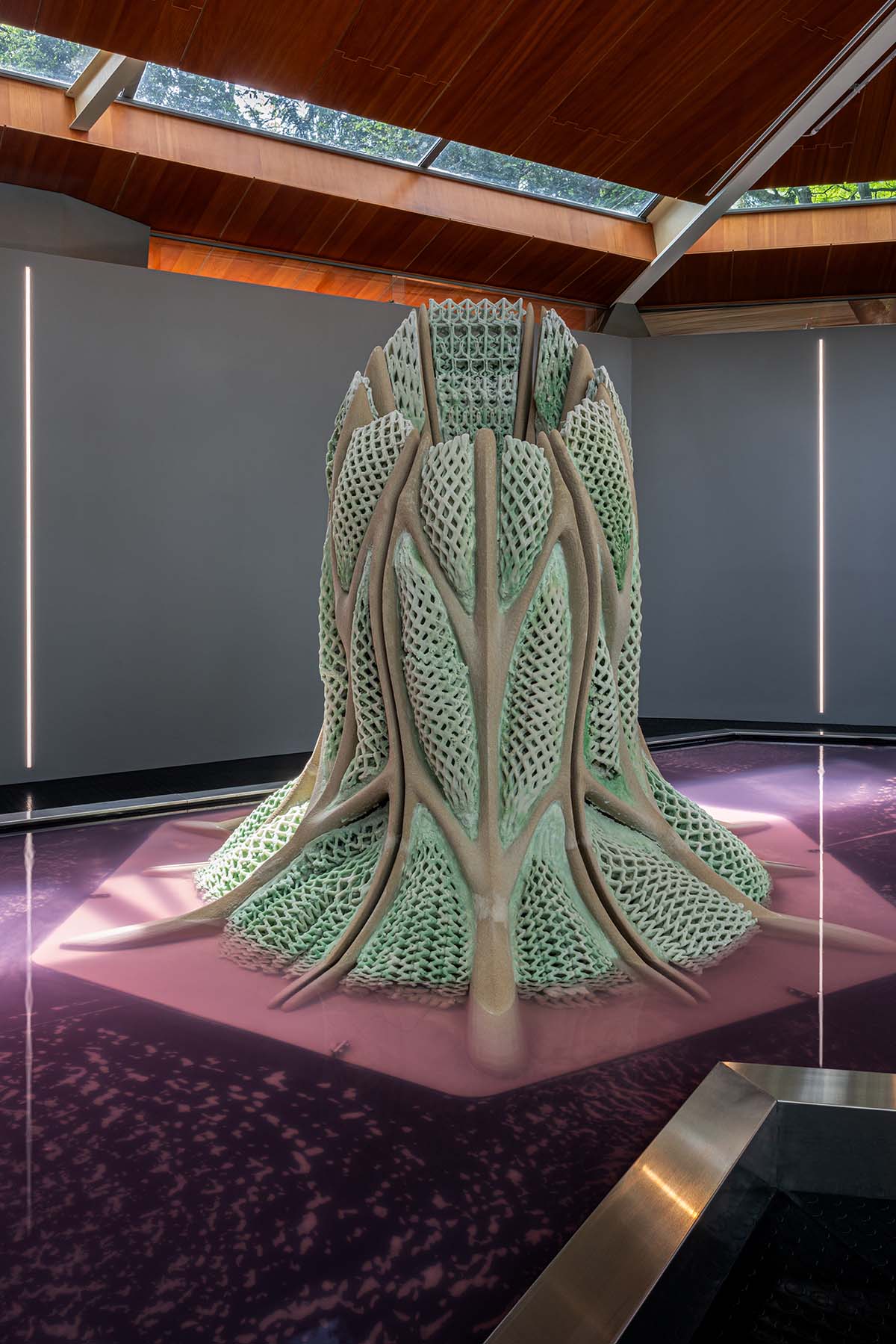
Picoplanktonics is an investigation of the human beings' capacity to work with living systems by co-constructing environments that restore the earth rather than exploit it.
The installations are made up of 3D printed buildings that house live cyanobacteria that can sequester carbon.
Four years of joint research by Andrea Shin Ling and several interdisciplinary collaborators have culminated in the Living Room Collective's exhibition.
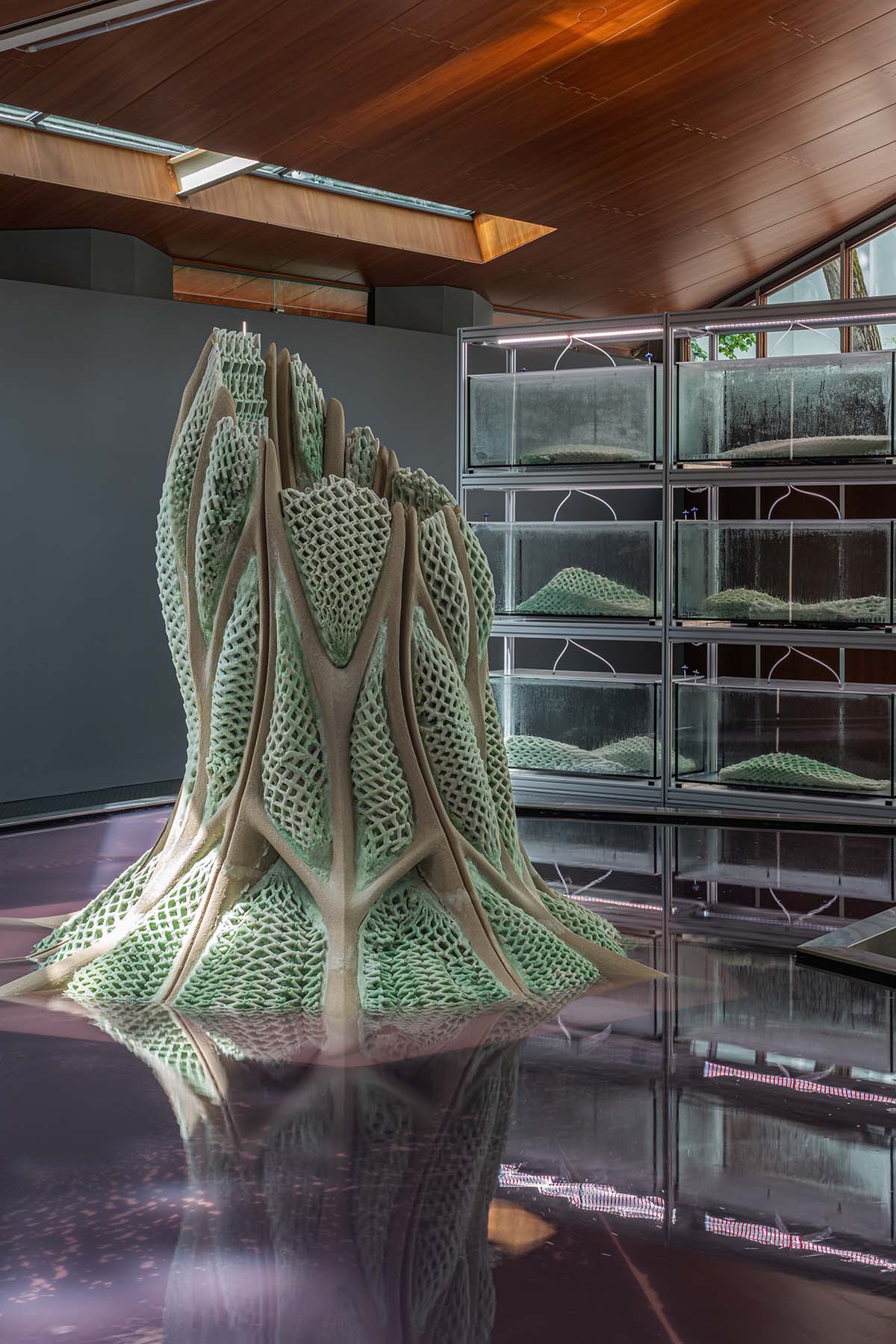
The potantial of living systems
The exhibition's main goal is to create robust, intelligent, and sustainable materials and technologies for the future by utilizing the design principles of living systems. It suggests creating habitats with an ecology-first philosophy by utilizing both emerging technologies and ancient biological processes.
Upon entering the Canada Pavilion, visitors will see 3D-printed structures that were initially created in a lab at ETH Zürich.
These are "the largest living material structures" made of live materials that were created with a novel biofabrication platform that can print living structures at the architectural scale.
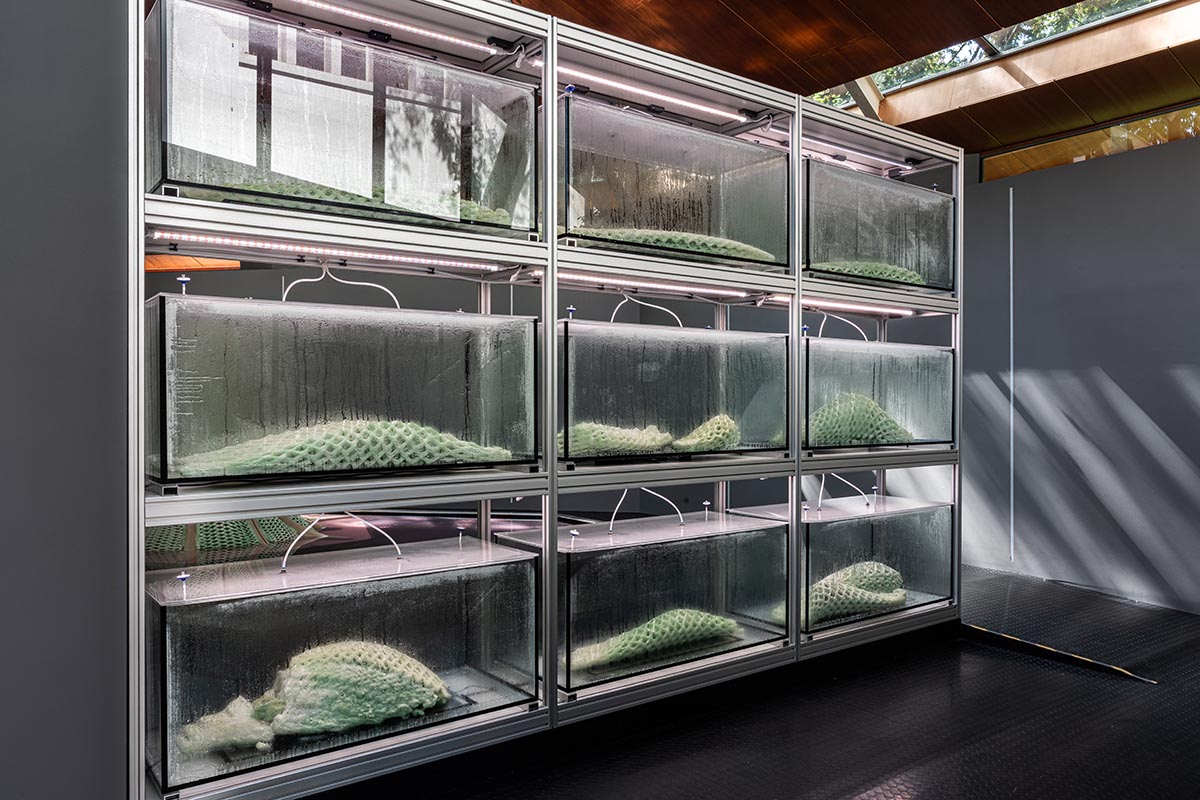
The Canada Pavilion was modified to give adequate light, moisture, and warmth for the living cyanobacteria inside the structures to grow, thrive, and alter, creating the distinctive Picoplanktonics experience.
Caretakers will be present on-site to tend to the structures during the exhibition, highlighting stewardship and care as crucial components of the design.
Picoplanktonics proposes a concept of how a regenerative system of construction may function in the face of unsustainable global carbon emissions. Leveraging the mutual link between humans, the built environment, and living structures is the focus of this continuing endeavor.
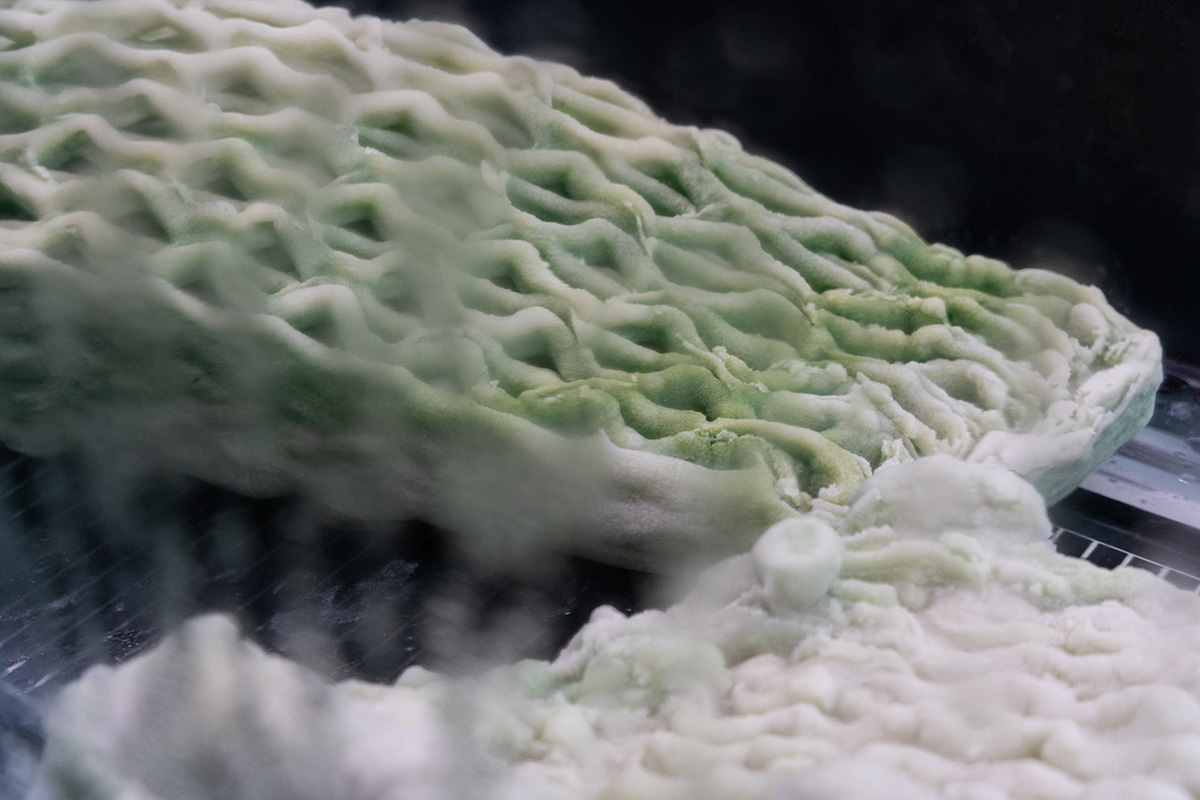
The Living Room Collective creates the installation by reconsidering building principles and giving ecological resilience more importance than the survival of the human species.
"Picoplanktonics marks four years of research at ETH Zürich with international collaborators in material science, biology, robotics, and computational design," said Andrea Shin Ling, The Living Room Collective.
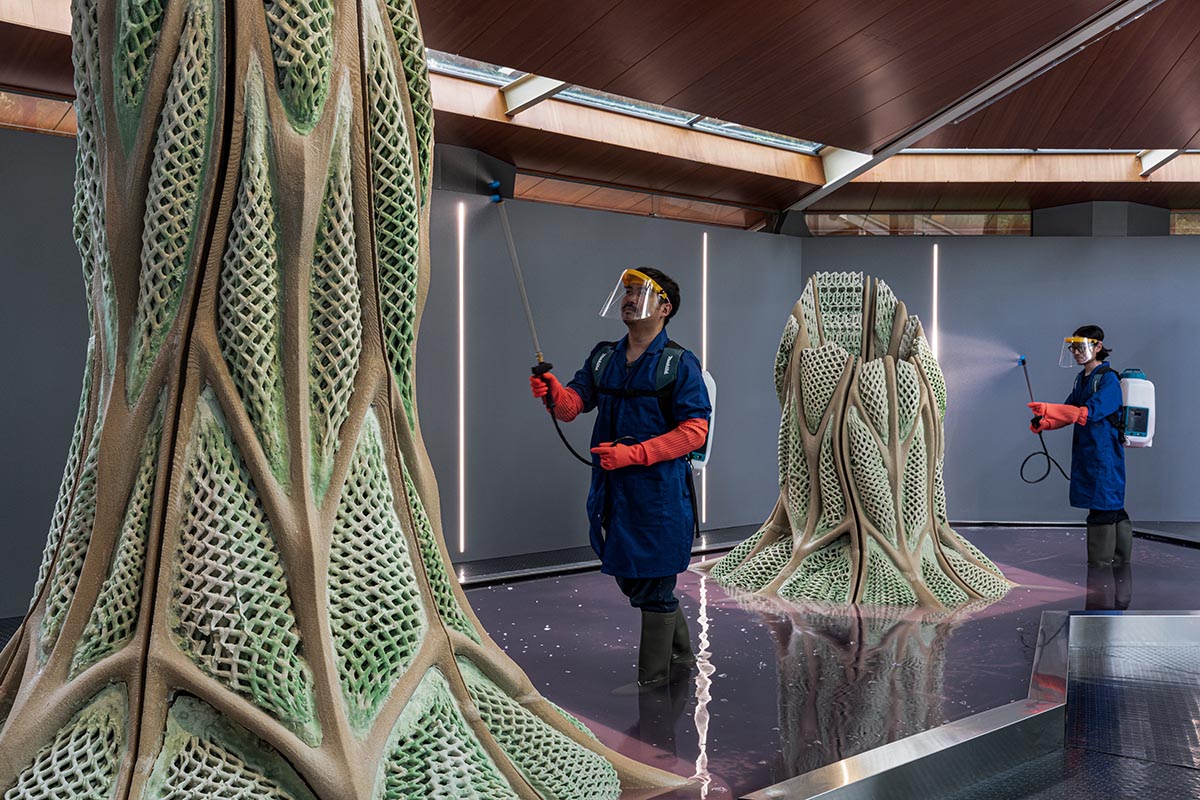
"As we move these living prototypes into the Canada Pavilion, we are thrilled to invite the public into this open experiment and reveal all phases of the material’s life, including growth, sickness, and death, while collectively imagining a regenerative design approach that seeks planetary remediation," Shin Ling added.
"The Canada Council for the Arts is delighted to unveil Picoplanktonics by the Living Room Collective at the 19th International Architecture Exhibition – La Biennale di Venezia," said Michelle Chawla, Director and CEO, Canada Council for the Arts.
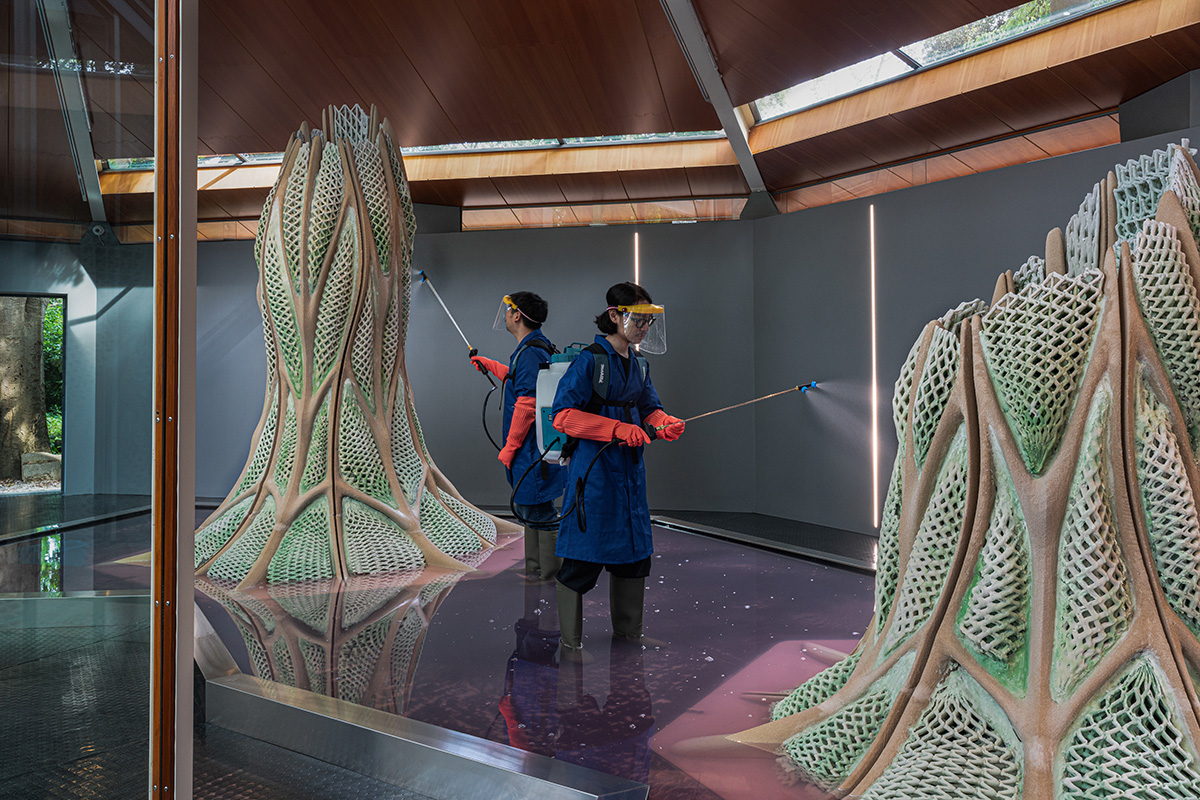
"Through the lens of architecture, this year’s Canadian exhibition brings technological innovation and ecological stewardship together. It is a unique exhibition, sure to inspire global audiences and to ignite important conversations, about how our built environment might better house and use natural systems for a more sustainable future," Chawla added.
The Living Room Collective is curating this year's exhibition, Picoplanktonics, which was chosen in a juried competition and commissioned by the Canada Council for the Arts.
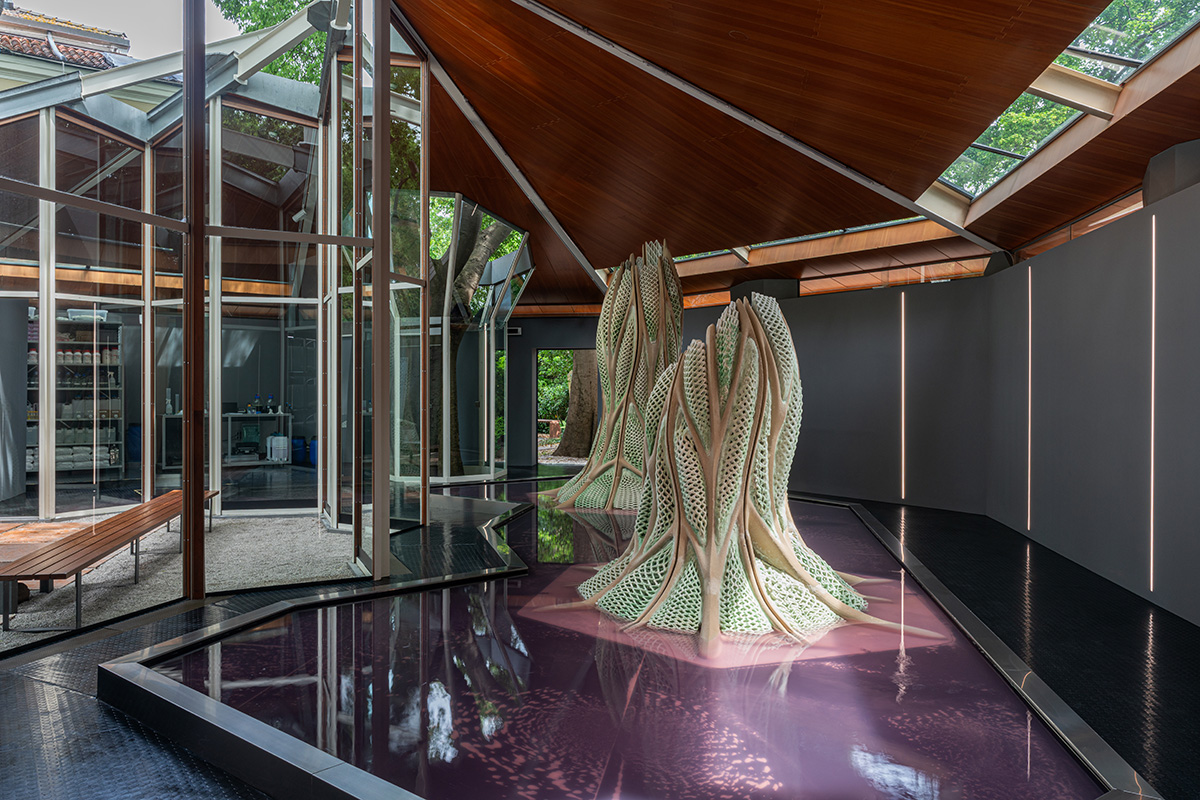
The members of the selection committee included: Aziza Chaouni, principal of Aziza Chaouni Projects and associate professor at the John H. Daniels Faculty of Architecture, Landscape, and Design at the University of Toronto; David Garneau, a painter, curator, critical art writer, and professor at the University of Regina's Visual Arts Department; Daniel Pearl, principal of L'OEUF Architectes and professor at the School of Architecture, Université de Montréal; Siamak Hariri, architect and founding partner of Hariri Pontarini Architects; and Sepake Angiama, curator, educator, and artistic director of the Institute for International Visual Artst).
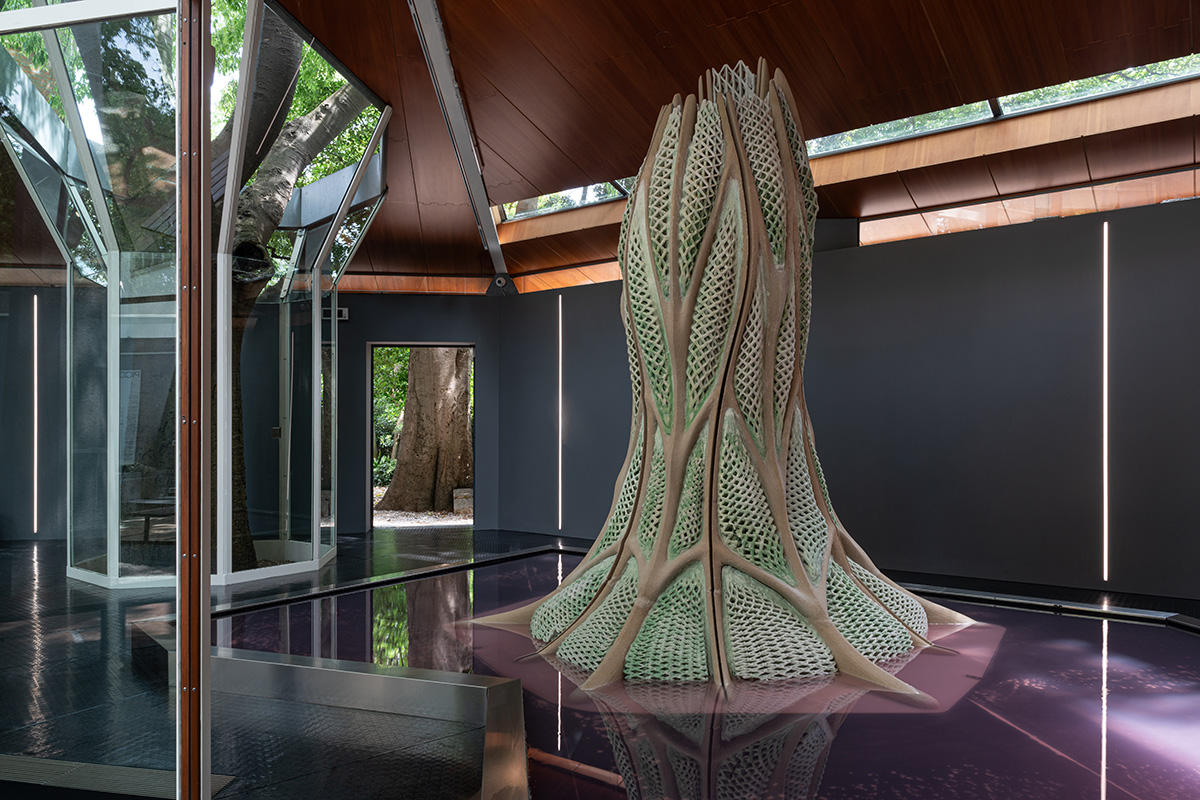
Under the direction of Canadian architect and biodesigner Andrea Shin Ling, the Living Room Collective is a team of architects, scientists, artists, and educators who operate at the nexus of digital fabrication technologies, biology, and architecture.
By developing design techniques and procedures that focus on natural systems, the collective, together with core team members Nicholas Hoban, Vincent Hui, and Clayton Lee, aims to shift society away from exploitative production systems and toward regenerative ones.
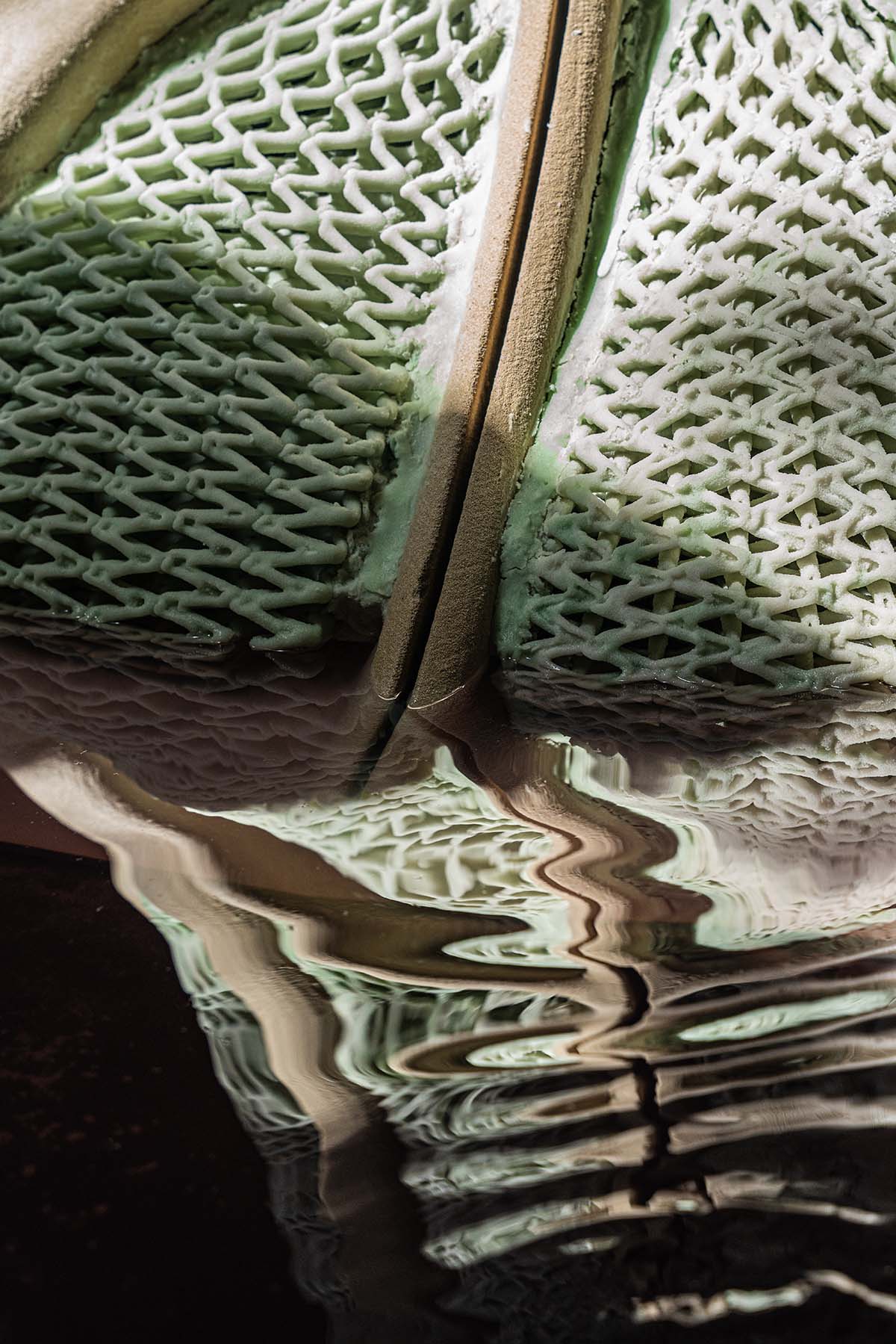
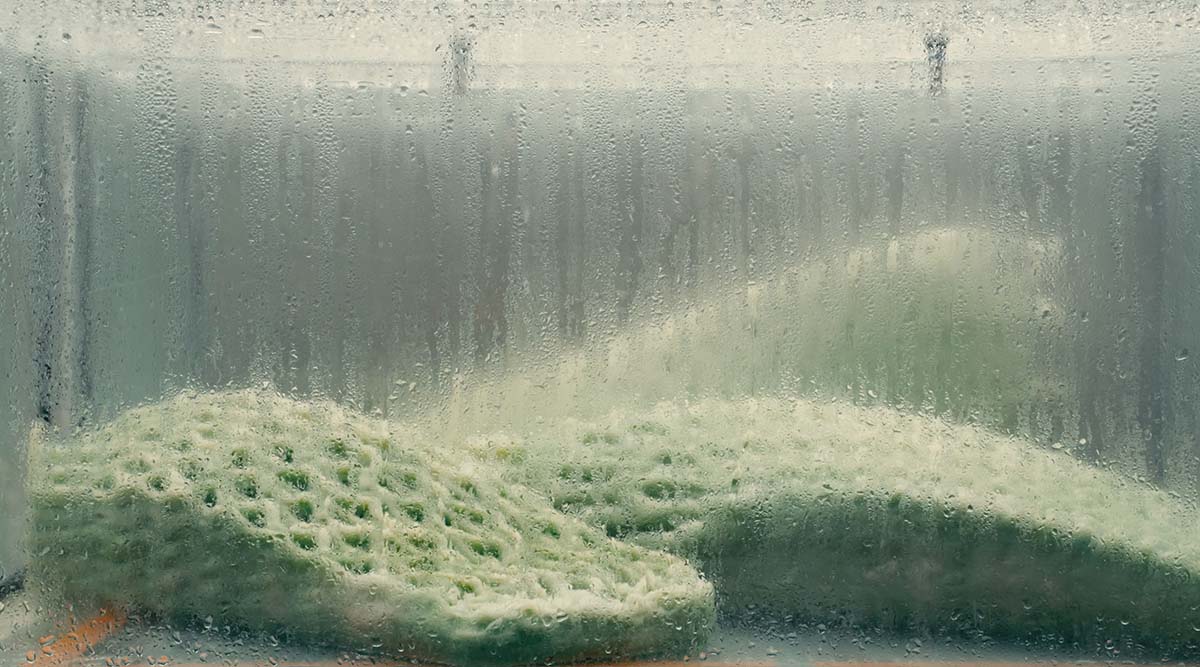
Picoplanktonics, Incubation Detail. Photography © Girts Apskalns

Picoplanktonics. Robotic biofabrication platform. Photography © Beda Schmid
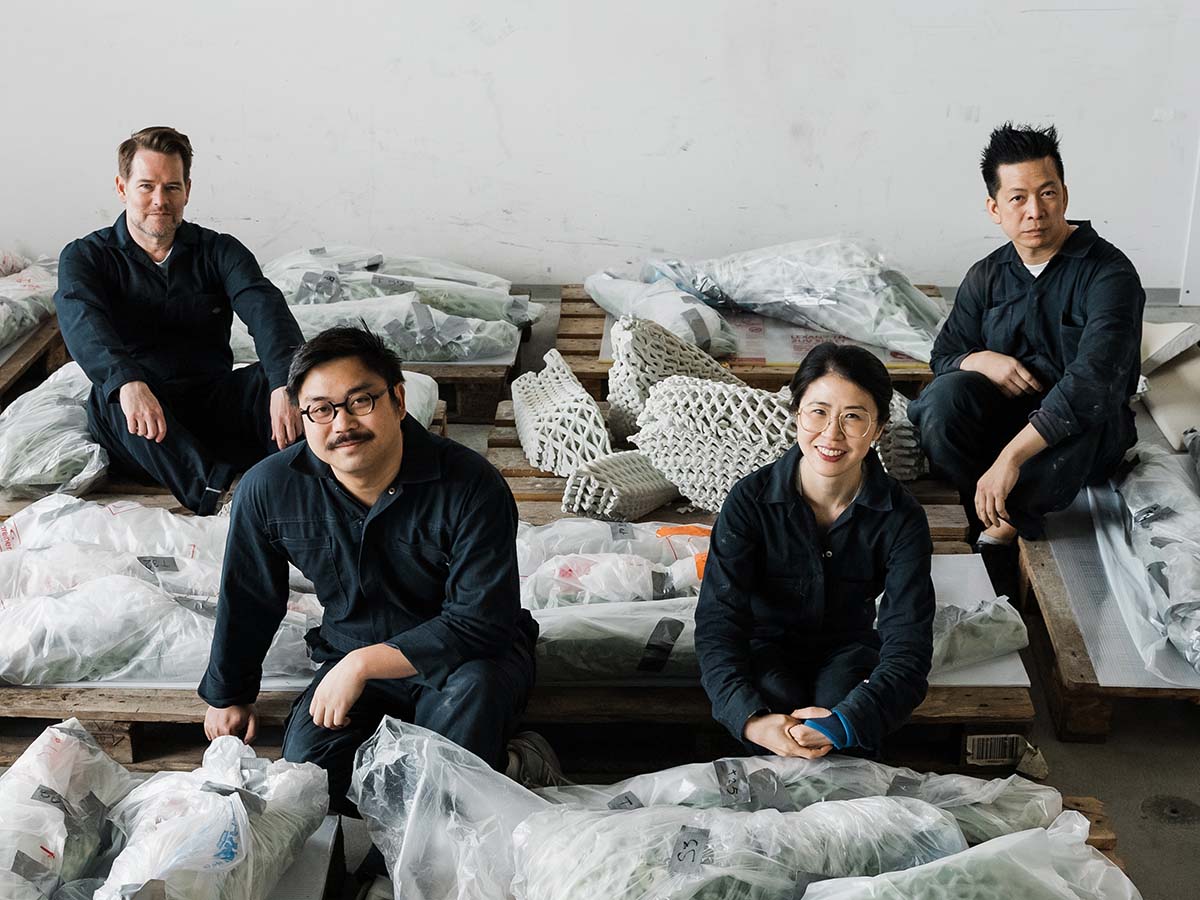
Picoplanktonics. Living Room Collective. Photography © Girts Apskalns
Find out all exhibition news on WAC's Venice Architecture Biennale page.
All images are courtesy of Living Room Collective unless otherwise stated.
> via Canada Council for the Arts
biofabrication Canada Pavilion carbon cyanobacteria exhibition Venice Architecture Biennale
